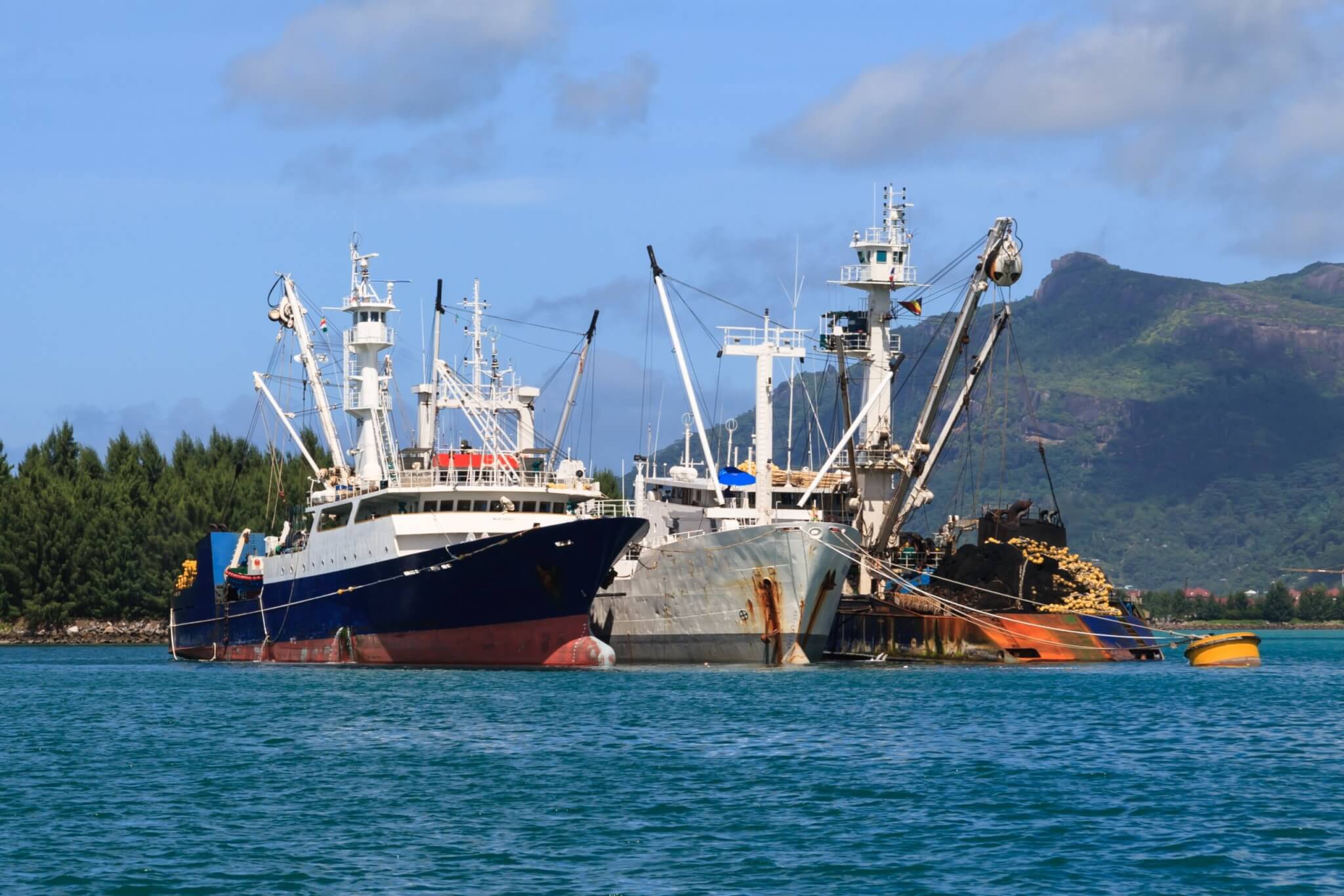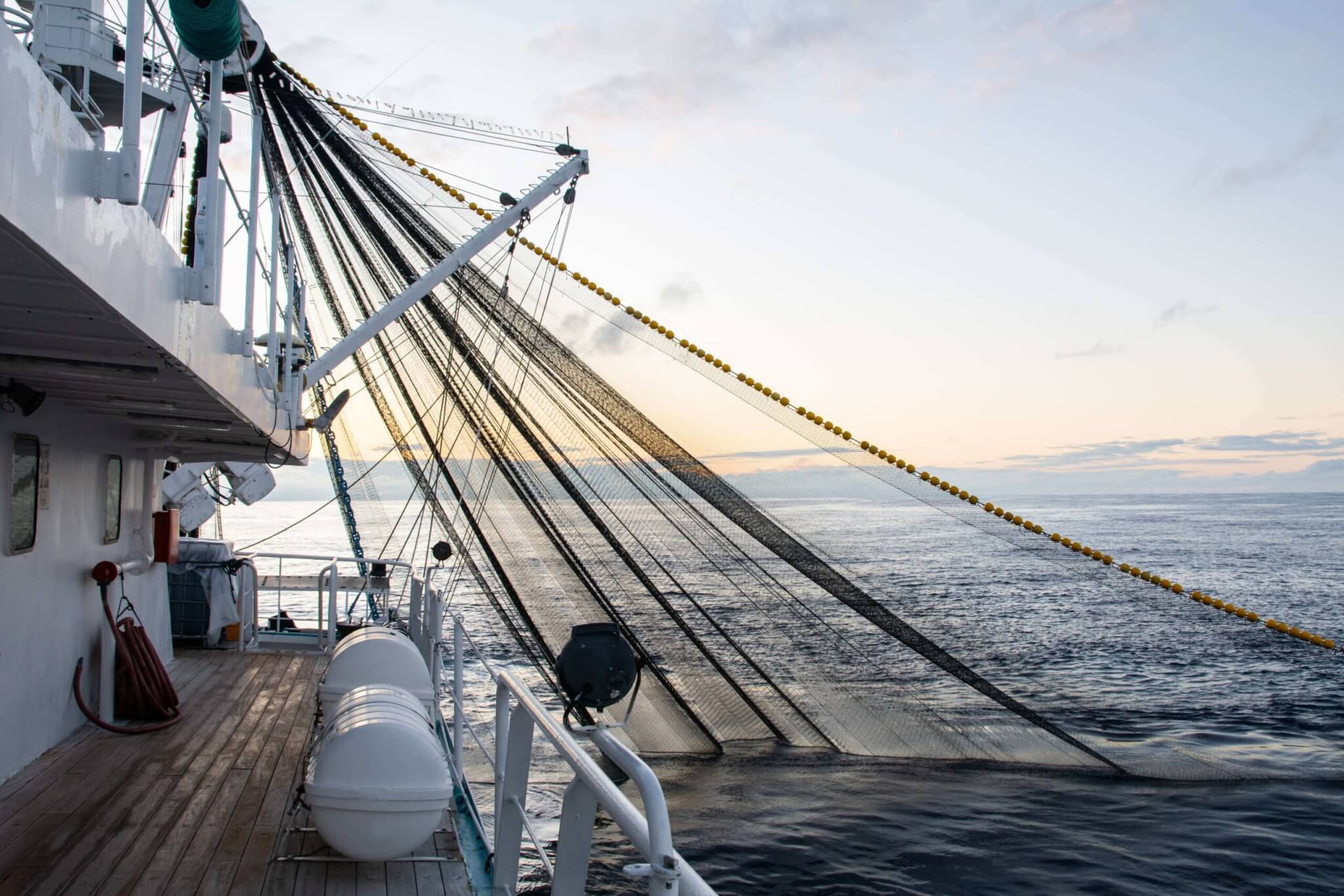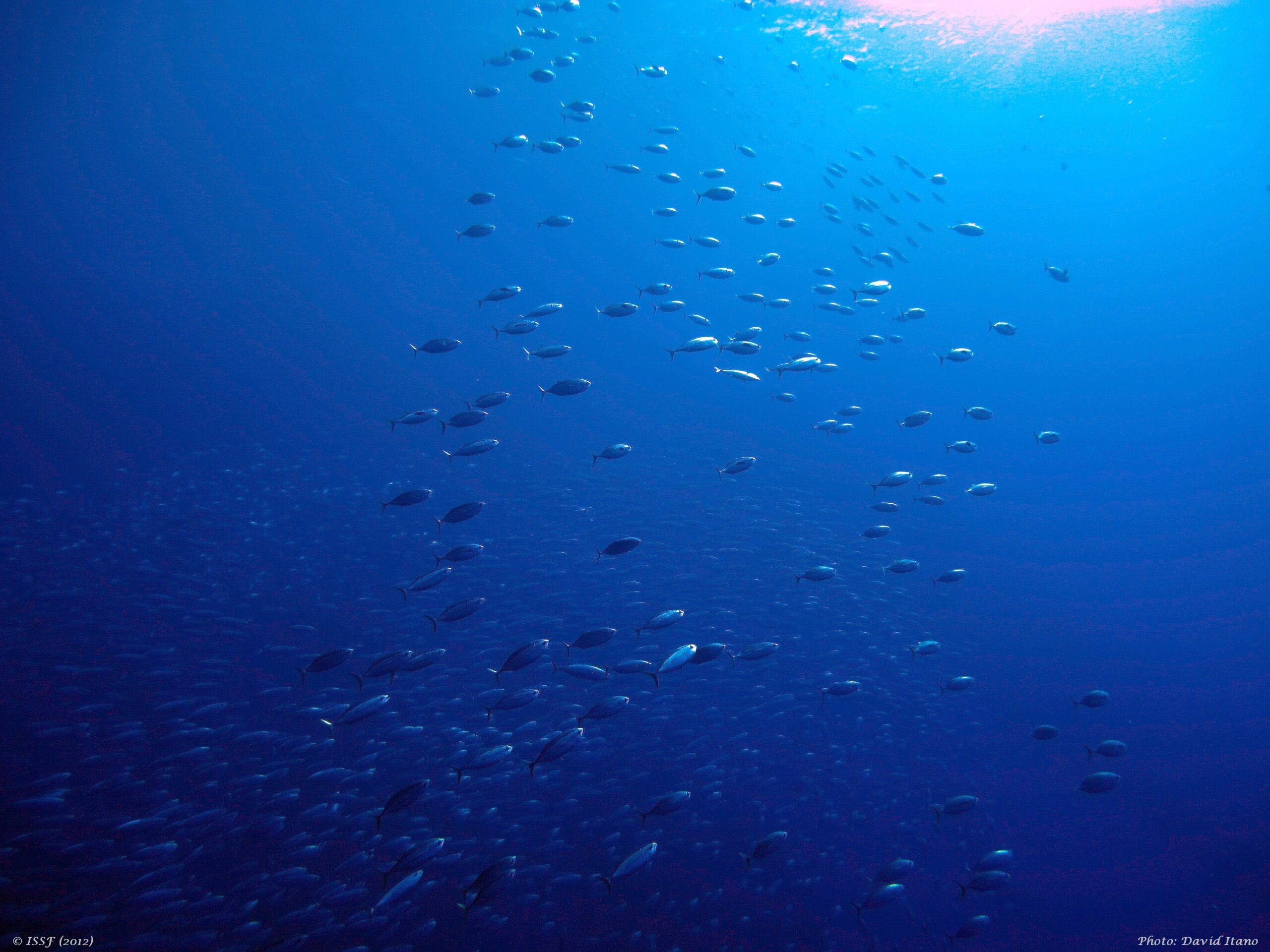More Transparent than Ever
Posted by Graeme Parks
October 7, 2015
When the International Seafood Sustainability Foundation’s (ISSF) Participating Companies agreed to follow the Foundation’s list of Conservation Measures, they knew that independent compliance auditing would be necessary to independently assess conformance and also to track performance over time. With the level of detail in this year’s audit, it has become even more obvious that the independent audit is an indispensable part of the process. Not only does it keep things in check, it has proven to be the most effective way to track detailed progress and reveal gaps that need additional work. During MRAG Americas’ recent audit of the Participating Companies to assess conformance with the 2014 conservation measures and commitments, we took things further than in year’s past. We shared our preliminary findings with all of the individual companies and a dialogue period allowed all parties to discuss the information submitted and to provide additional information to assist us in reaching accurate and well-supported conclusions. The final audit results were based, then, on a more thorough review of all relevant information, resulting in the most clarity in ISSF auditing results MRAG Americas has ever been able to report, as well as the ability for ISSF to track continuous improvement. Not only does this serve the primary audit and compliance purposes, but perhaps more importantly, it gives a clear picture of where everyone is, and helps chart a course for where they need to be.
Companies participating in ISSF commit to follow 21 separate measures designed to facilitate real and continuous improvement across global tuna stocks. These measures represent science-driven best practices, approved by the ISSF Board, that have measurable positive impacts on tuna stocks. Conservation measures include a policy for prohibition of shark finning, ability to trace tuna from capture to plate, and other policies designed to improve the long-term sustainability of tuna and to provide transparency to purchasers and the public at large.
Without an auditing protocol and program, conformance with these voluntary commitments would be difficult to measure and tracking the progress of each company’s conformance over time would be next to impossible. That’s where MRAG Americas comes in. ISSF engaged MRAG Americas in 2014 to review and improve ISSF’s audit process, as well as to conduct an audit of the performance of the Participating Companies against the measures in-force in 2014. As a result, for 2014, ISSF is delivering an additional level of clarity to provide interested stakeholders with greater definition and explanation of conformance by individual measure.
As ISSF’s independent third-party auditor, our job is to make sure the Participating Companies’ commitments are real and have credibility outside of ISSF. MRAG develops audit protocols that describe the basic requirements of each measure and the expected means of verification that MRAG will audit against. MRAG audits conformance based on these protocols and provides audit results to the individual companies and to ISSF. In turn ISSF publicly reports on aggregate conformance at least once a year. My colleagues at MRAG, mostly marine scientists and seafood specialists, use their expertise in management, monitoring, traceability and observation to assess the ISSF Participating Companies’ conformance with the 21 measures. It’s a way of validating efforts by tuna brands to uphold their commitment, and showing those companies having difficulty where they need to improve.
In essence, what has happened is a group of diverse but likeminded companies and organizations have come together to make a difference in the global tuna market. This takes collaboration and transparency not just for the ISSF to succeed in its mission, but also for the auditing program to work. ISSF’s conservation measures clearly describe the commitments for the participating companies, but with the high diversity of participants, many of whom have not really done gone through this kind of process before, assessing conformance can be tricky. At MRAG we have a long history of auditing fisheries and fishing company procedures in a variety of settings, including third party standards like the Marine Stewardship Council (MSC) and standards developed in-house by major suppliers and retailers to implement traceability and sustainability policies. MRAG is one of the largest MSC Conformity Assessment Bodies, with more than 20 fisheries and more than 150 chain of custody clients globally.
The audit results, reported in the aggregate in ISSF’s Annual Report, show generally positive results: 79.8 percent of ISSF participating companies operated in full conformance across the 21 measures in 2014; 19 percent demonstrated minor non-conformance and 1.2 percent were in major non-conformance. But there is room for improvement. MRAG is currently following up with companies that did not have full conformance and is developing updated audit protocols for the audit of 2015 activities, which will begin in early 2016.
The results of the audit in 2016 will show whether the Participating Companies have maintained their performance where it is strong, have made the changes necessary after the 2015 audit to achieve full conformance and will review new commitments as they come in to effect. It’s truly an exciting time for our company because it sets a high bar for future compliance tracking projects. Collaborating with ISSF and their Participating Companies has allowed us to put together some truly innovative auditing procedures that demonstrate, with significantly more clarity than past audits, the level of compliance that each of these companies has achieved.
Dr. Graeme Parks is Vice President of MRAG Americas.


